I don’t know about you but I get intense pleasure when I discover a new-to-me artist from the past who used pastels. A few months ago it was Thérèse Schwartze (enjoy the blog written by Cora Hollema by clicking here). Today it’s the Texan artist Frank Reaugh (1860-1945; pronounced “Ray”). This artist became known for his landscapes of the West, many of which included grazing cattle. He often worked en plein air, using pastels that, get this, he formulated himself! I certainly wanted to know more!
And guess what, a full-length biography about this artist has just been published. The author, Michael Grauer, is a man passionate about the work and life of Frank Reaugh. Grauer is Curator of Art and Western Heritage at the Panhandle-Plains Historical Museum which houses the largest collection of Reaugh’s work. More about his book, Rounded Up in Glory: Frank Reaugh, Texas Renaissance Man, later.
I’m delighted that Michael Grauer agreed to write a guest blog about Frank Reaugh and his work in pastel. Please enjoy!
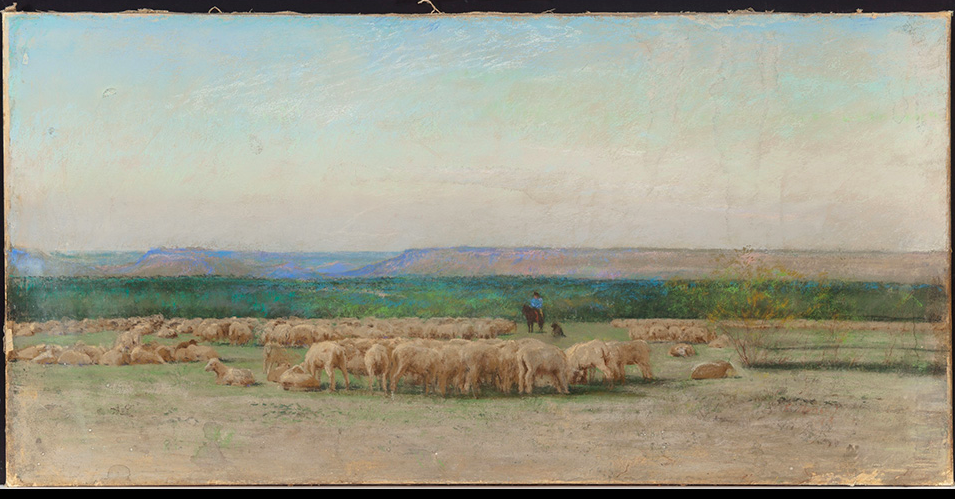
~~~~
Frank Reaugh: Pastel Communion With The Southwest
The majority of his paintings are landscapes in pastel, yet Frank Reaugh (1860-1945) has been called “Painter to the Longhorns,” “Rembrandt of the Longhorn,” and even “Longhorn Leonardo.” He advertised himself as a “landscape and cattle painter” and his insistence that he was the historian of the Texas longhorn has effectively pigeonholed his art. A documentary on Frank Reaugh produced by Marla Fields of Dallas, Texas, which debuted in June 2015, is more appropriately titled: “Pastel Poet of the Texas Plains.” Over ninety-percent of his oeuvre is in pastel.

Reaugh’s paintings are of the landscape of the American West generally, and the American Southwest, specifically. He captured subtleties in a land of high contrast where others only saw the rawness. He painted the overwhelmingly blue sky, the illimitable plains, and the great gashes in the land that are called canyons in the West. And he painted the Texas longhorn, or Texas cattle, as he referred to them.

Usually no more important than the mesquite, yucca, sagebrush, and cholla that also populate his compositions of the Western landscape, the Texas longhorn became his recognized symbol. Today, some galleries insist that one of his works is more valuable if it has a cow in it! The beauty of his landscapes is often overlooked by these commercial zealots in their search for a longhorn; they cannot see the landscape for the longhorns.
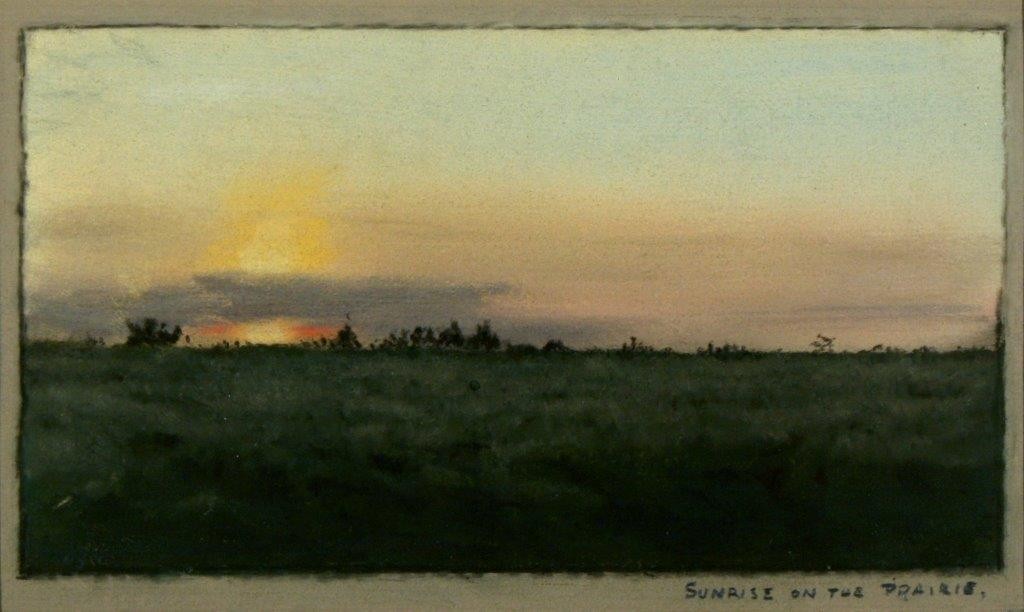
Born near Jacksonville, Illinois in 1860, Frank Reaugh first came to Texas in a wagon in 1876 at the age of fifteen. He moved with his parents to a farm near Terrell, Texas, where they resided until 1890 when they moved to Dallas and settled in what is now the Oak Cliff area.
Reaugh had no formal education but fared well without it for his mother, Clarinda Reaugh, was his teacher in all things. The daughter of a Presbyterian minister, his mother instilled in her only child an appreciation of nature, grounded in her own readings in zoology, botany, and natural history. Her teachings were infused with the philosophies of the famed Swiss zoologist Louis Agassiz and John Burroughs, supporter and contemporary of Walt Whitman, who wrote extensively on his symbiotic relationship with nature. Clarinda Reaugh also encouraged her son’s interest in drawing through her interest in the fine arts.
Frank Reaugh’s father, George Washington Reaugh, was a mechanic, carpenter, cabinetmaker, and farmer, who had participated in the Gold Rush of 1849. It was from his father that Reaugh learned to be extremely adept with his hands, and later made his own picture frames and patented several inventions. George Reaugh’s sense of adventure may have spurred his son’s annual trips to West Texas and beyond, which began in the early 1880s.
Reproductions in popular magazines such as Harper’s, Scribner’s, and Century Illustrated Magazine, were Reaugh’s first exposure to art. Rosa Bonheur’s Horsefair, the Dutch painter Paulus Potter’s Young Bull, and the landscapes of Frederic Edwin Church and J. M. W. Turner were favorites of his. In fact, his late works are often especially reminiscent of Church and Turner. From these early reproductions in black and white, Reaugh learned the lessons of value and composition so well. He likely made his own pastels at this time and his copies made from these reproductions, as well as his own field sketches accomplished en plein air, are en grisaille.

While he studied and copied magazine reproductions, Reaugh also became interested in bovine anatomy. Using a “two-bit” book on cattle and sheep anatomy as his text, the young artist collected bones near the Reaugh farm and made measurements from family livestock. He supplemented his scientific studies with sketches made from longhorn cattle brought up from South Texas to fatten on grass nearby.
In the early 1880s, Reaugh met two cattlemen, Frank and Jerome “Romeo” Houston, who had interests throughout North Texas. He accompanied them on cattle drives and roundups near present-day Wichita Falls and in Indian Territory (now Oklahoma). Reaugh made numerous pastel sketches during these trips, first from the saddle (his sketching outfit frightened the horses and he was pitched off often) and later in a spring wagon. He later enlarged and composed them in the studio, resulting in such large-scale pastels as Watering the Herd (1889), The O Roundup, Texas, 1888 (1894), and oil paintings such as The Approaching Herd (1902). His large pastels are usually mounted on stretched canvas.
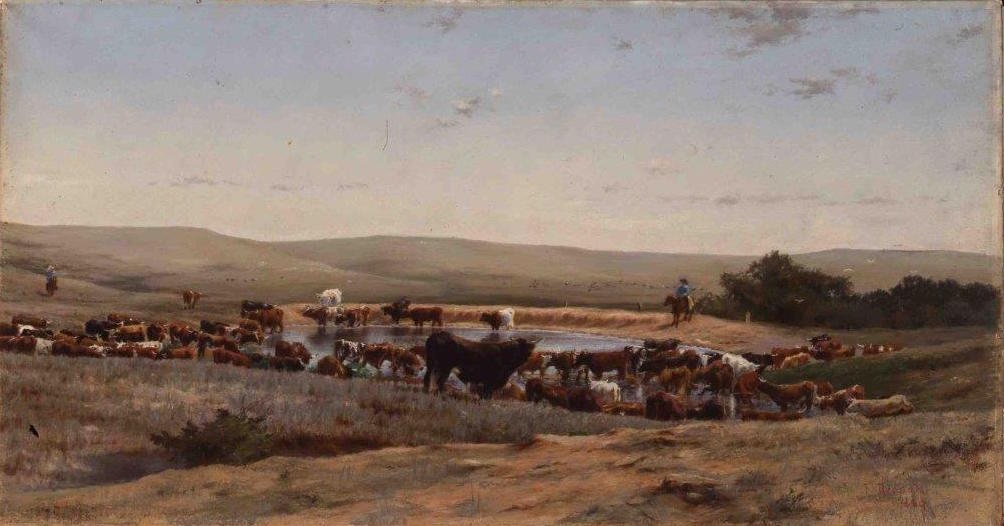

These trips with the Houston brothers, begun as early as 1883, spawned a wanderlust for West Texas and the Southwest that lured Reaugh until he was nearly eighty. Moreover, he felt dry chalk pastel was the best medium to capture the dry Texas Plains and the Southwestern landscape in a true and authentic way:
“I like to be where the skies are unstained by dust and smoke, where the trees are untrimmed and where the wild flowers grow. I like the brilliant sunlight, and the far distance. I like the opalescent color of the plains. It is the beauty of the great Southwest as God has made it that I love to paint.”

Reaugh took his first formal art training at the Saint Louis Museum and School of Fine Arts during the winter of 1884 and 1885. He spent most of his time there drawing plaster casts of Greek, Roman, and Italian sculpture and possibly live models. Reaugh also met Halsey C. Ives, director of the school, who lectured on avant garde art trends in Europe, particularly French Impressionism. Later, Ives was instrumental in the acceptance of Reaugh’s work for display at the Louisiana Purchase Exposition, held in Saint Louis in 1904.
Following his studies in Saint Louis, Reaugh returned to Terrell and began teaching art to young ladies in the area. He supplemented his art classes with a stint at teaching public school, and by November 1888 had saved enough money for a trip to Europe.
Upon arriving in Paris, Reaugh enrolled at the Academie Julian, a school very popular with American students. He drew and painted from the figure while at the Academie and supplemented his studies by making copies of paintings in the Louvre and the Luxembourg Palace. In his 1927 pamphlet, Pastel, Frank Reaugh wrote of the pastel painters he had seen represented in the Louvre:
“…Russell, of England, and La Tour, Liotard, Chardin and Le Brun of France. These were great painters. Three of them were court painters, and the work of all of them may be seen in the pastel room of the Louvre, as fresh and bright, apparently, as on the day when it was done.”
At the end of March 1889, Reaugh traveled through Belgium, The Netherlands, and German, studying paintings of the Flemish and Dutch schools, and particularly those of The Hague School. He returned to Paris in time to see the Exposition Universelle, at which paintings by French Impressionists Cezanne, Manet, Monet, and Pissarro were exhibited. This may have been Reaugh’s initial exposure to Impressionism. Reaugh returned to Texas at the end of May 1889.
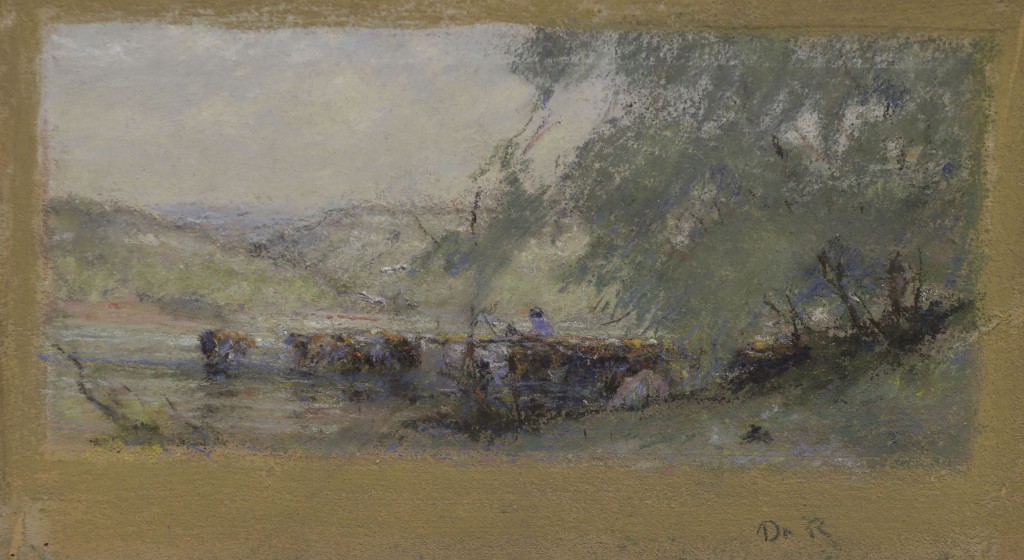
Between 1890 and 1915, Frank Reaugh enjoyed his greatest success as an artist. He exhibited works at the World’s Columbian Exposition in Chicago in 1893 and at the Louisiana Purchase Exposition in 1904. During this period, he exhibited at the prestigious National Academy of Design in New York, the Pennsylvania Academy of the Fine Arts in Philadelphia, and the Art Institute of Chicago. He also became a member of the Society of Western Artists and exhibited with that group all over the United States.
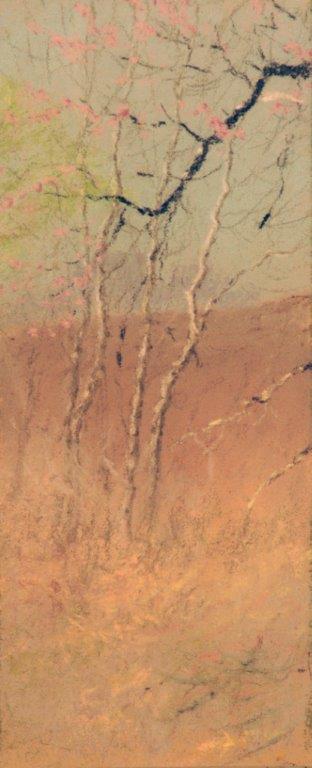
Simultaneously, Reaugh continued his trips to the West and, beginning in 1889, he started using a camera as a sketching tool. He photographed the landscape as well as cattle, and in 1893 photographed and sketched in Palo Duro Canyon. This may have been his first trip to the “Grand Canyon of Texas.”

Reaugh continued with his trips to the West, but around 1890 – and perhaps earlier – he began taking students with him. Among his students became important Texas and national artists, including L. O. Griffith, Alexandre Hogue, John Douglass, Florence McClung, Harry Carnohan, Lloyd Goff, Reveau Bassett, and Jim Cheek. Many of them often worked in pastel when they became artists in their own right.
Reaugh’s trips were always to West Texas and points beyond. Tule Canyon, Blanco Canyon, Double Mountain, and Palo Duro Canyon, all in West Texas, were on his various itineraries. The sketching party visited Taos, Acoma Pueblo, and the Organ Mountains in New Mexico. In 1920, for example, Reaugh and his students journeyed to the Grand Canyon via El Paso and Tucson and returned to Dallas through Albuquerque and Amarillo. [You can see a photo of Frank Reaugh and his students here.]

During his annual sketching trips with students, Reaugh would wake them all before sun-up so they could make a “memory painting” of the sunrise when it was light enough to see. They would eat breakfast then drive to a scenic locale and sketch for a few hours, then move onto the next site for dinner (lunch). Then repeat in the late afternoon, usually cooking supper at dusk. In his Oak Cliff, Texas, studios he kept the same hours and schedule, a schedule he had learned from cowboys who worked from “can see to can’t.”
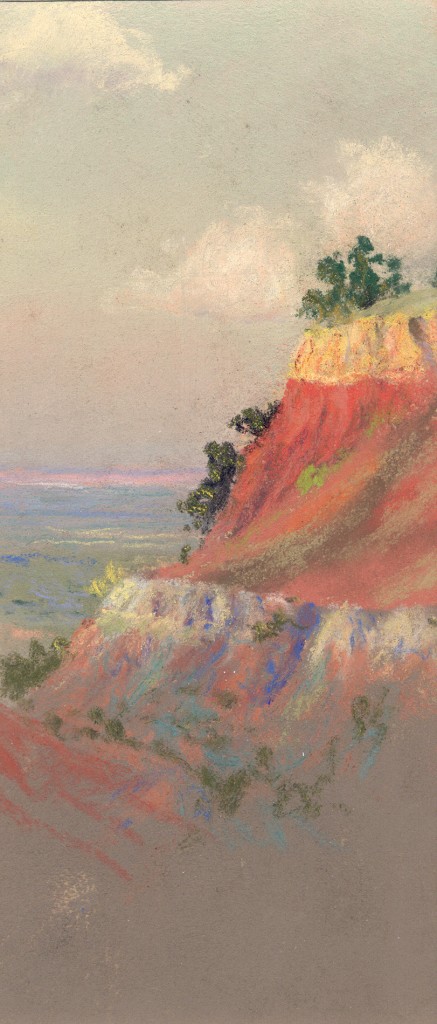
In 1914-15, Reaugh traveled to Wyoming and Montana to paint on the OW and LX Bar ranches, part of the Kendrick Cattle Company. The headquarters for these ranches were on Old Woman Creek north of Lusk, Wyoming, and on Hanging Woman Creek in Big Horn County in southeastern Montana. Texas cowboy turned cattleman cum politician John B. Kendrick hosted Frank Reaugh on his ranches, while the artist sketched the region in pastel. Reaugh considered the resulting oil painting, Powder River, his finest work of pure landscape in oil.
Reaugh continued making trips to West Texas until he was almost eighty. He died in Dallas in 1945.
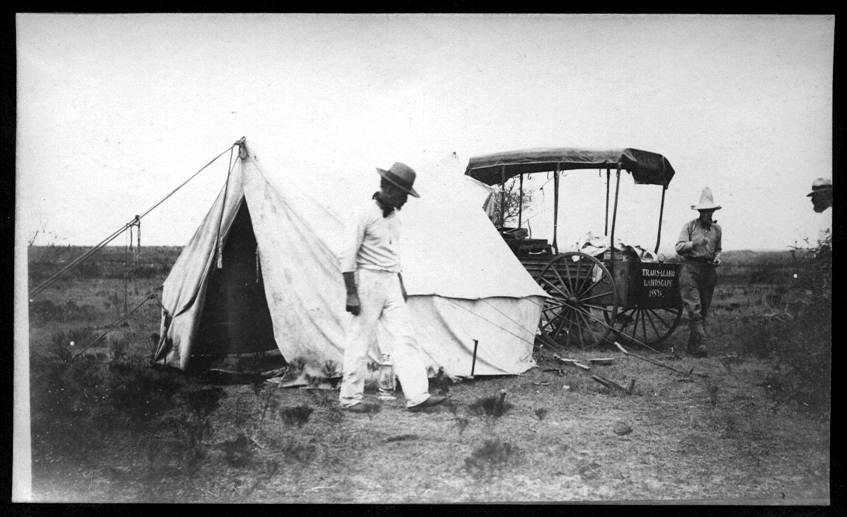
After 1900, Reaugh turned his genius to inventing and patented a folding lap easel and a water pump, among other things. He also made and marketed his own pastels and pastel paper. Even though he had created an excellent product, Reaugh continued to experiment. He wrote to his former student L. O. Griffith in Indiana in 1927:
“You know I believe in pastel, and I have been given [giving] a lot of thought to improving my pastel colors. Am doing it too. Have been experimenting with inert fillers, and whites. Have found a white that is as durable as chalk, adheres as well, and leaves a better tooth for subsequent painting.”

The Reaugh Pastel was sought by American painters such as Irving Ramsey Wiles and sculptors like Alexander Phimister Proctor as early as 1895. However, in 1934, sculptor Hermon Atkins MacNeil wrote Reaugh requesting a pastel set. Reaugh responded:
“I am glad you are going to try my pastels. I believe you will like them. They are most suitable for small sketches. Though I have just finished a series of 7 paintings 24 x 48.”

Constantly attempting to improve on his inventions, in 1937 Reaugh began “making a new kind of pastels, which [he did] not call pastels but ‘color sticks’ or ‘Paint sticks’.” This new direction was largely due to “a prejudice against the name ‘pastel’. They are said to fade and fall off and some other things which my pastels don’t do.” He planned to make his new “color sticks” in quarter inch squares and offer them in $5.00 sets.
The cattle-driving industry was an important theme for many of Frank Reaugh’s early paintings, as he was probably the only artist to ever sketch roundups and trail drives as they were happening. This places him squarely in dialogue of the Remingtons and Russells in art of the American West.
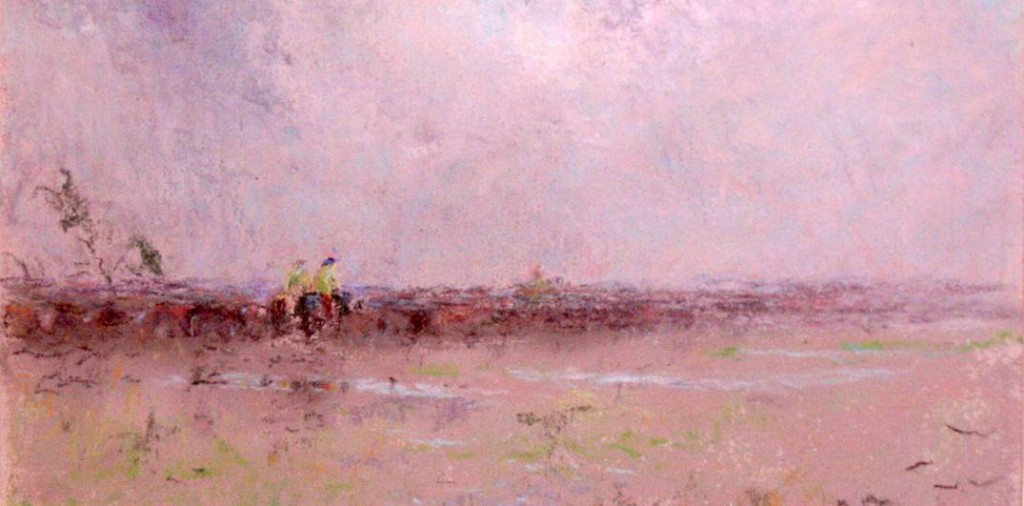
However, cattle were by no means the only subjects for his brush. The paintings of roundups and trail drives notwithstanding, Reaugh’s interest focused on the landscape of the Southwest of which the longhorn was, as Reaugh saw it, a natural part. In Reaugh’s eyes, longhorns were as indigenous to that landscape, and therefore as important, as mesquite, sagebrush, and prickly pear. Only in the specific cattle paintings – which are equal in number to the landscapes – do the bovines dominate the scenes. Probably in response to an audience that began to demand cattle in its Reaugh paintings, the artist almost certainly added cattle in the studio to landscapes sketched out-of-doors. And it was in the field that Reaugh’s genius emerged.

The innumerable small pastels (usually 3 ½ x 7 in compositions) scattered all over the state of Texas – in public and private collections – are the jewels of Frank Reaugh’s career. The majority of the pictures at the Panhandle-Plains Historical Museum (541), the University of Texas, Austin (230), and the Southwest Collection, Texas Tech University, (217), are of this type. In each of these small masterpieces, Reaugh’s special relationship with the West is mingled with each stroke of the pastel. And this mixing of a part of himself with his medium gives each work a sparkle and a life rarely found in paintings of any size. The integration of his artistic spirit with the pictorial image was a result of the spiritual communion between Frank Reaugh and the landscape of West Texas and the Southwest.

The Panhandle-Plains Historical Museum maintains a permanent Frank Reaugh Gallery, the only permanent exhibition of his work, anywhere. The Museum was the recipient of the Frank Reaugh estate and many of his personal papers and belongings are also part of the Museum’s collection.
Michael R. Grauer
Curator of Art and Western Heritage
Panhandle-Plains Historical Museum
West Texas A&M University
Canyon, Texas
~~~~~
WOW!! Thank you so much Michael for this illuminating piece about this artist I’d never heard of before this.
Were you familiar with this artist before now? Let us know your thoughts by leaving a comment.
I’m in the middle of reading Michael Grauer’s book and can certainly recommend this fascinating read. Not only is it an in-depth look at the life of Texan artist Frank Reaugh, it also gives us a detailed picture of life in the Lone Star state at the time, from cattle drives to the developing artistic and cultural milieu of Dallas. Some of the most intriguing parts for me are the sections about Reaugh’s art training at the St Louis School of Fine Arts and also his time at the Académie Julian in Paris where he encountered various artists and artwork.
If you read the book, I hope you’ll report back here and let us know what you think of it.
Until next time,
~ Gail
For Canadian and International purchasers:
You can also purchase directly from University of North Texas Press
PS. When you have the book, check out pg 213. There you’ll find a reproduction of words by Frank Reaugh in his brochure offering “Lessons in Art”




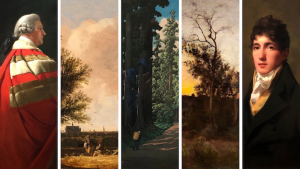





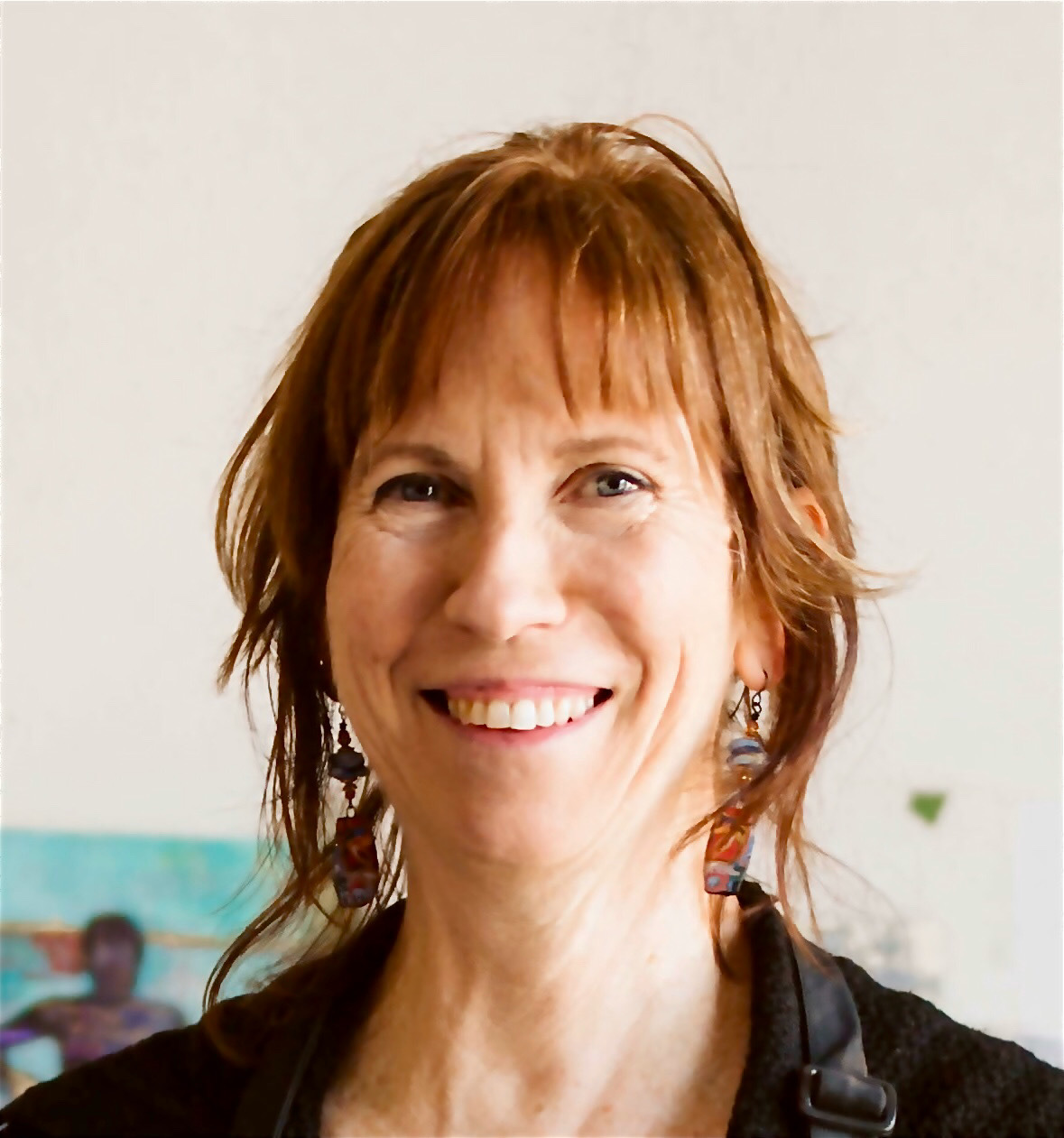


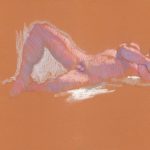


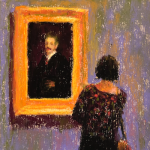


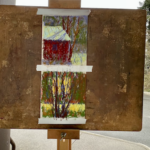
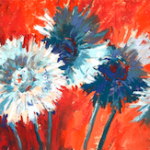
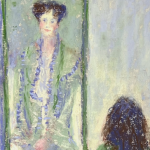
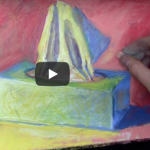

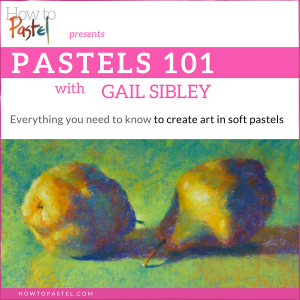


22 thoughts on “Frank Reaugh – Pastel Communion With The Southwest”
This is wonderful! Thanks so much for choosing a post on Frank Reaugh. I saw a small exhibit of his work years ago, and have loved his work ever since. This article shows many other pieces I haven’t seen! Thanks!
Glad you enjoyed it Rita. How wonderful to have seen Reach’s pastels in the ‘real’! I wonder how many others know of this artist’s work?
Hi Gail,
This is wonderful! My grandmother was a student of Frank Reaugh. We have alot of information on him and several books etc
Enjoyed this and would like to learn how to use my grandmothers pastels
Oh Camille that is so wonderful!! I’d love to hear anything that your grandmother has told you about her times as a student with Reaugh! And it’s fantastic that you have her pastels. If you want a good foundational course in pastels, you may want to consider my course: Pastels 101. Have a look at the info page by clicking here.
Wonderful overview of an inspiring American pastel artist. Thank you for posting. I had never heard of Frank Reaugh before and I’m putting the book on my reading list.
So glad you like the post Marie. I love discovering new artists and I’m happy to have introduced you to Frank Reaugh. Let us know what you think of the book!
I read an article about Frank Reaugh a few years ago and found it interesting enough to look for more of his work. The article featured his extended vehicle which he used to take his students on plein air outings. I learned to use a flat piece of fabric to roll my pastels in to take to the field from one of the stories about how he worked. Also his advice about working small: 6×8 or 5×7 inches in the field.
Thank you for adding more images of his work to enjoy – his longhorn cattle are wonderful studies.
Gailen thanks for giving us even more interesting info about this artist. Do you remember where you read the article? I never think of working that small on location but I can see how that size would allow you to jot down lots of colour notes quickly.
Love his use of greens and to see that his pastels were loosely organized , it seems. I recently saw a lovely display of Lautrec and Whistler works and to my delight a few sweet little pastels done by each.
What a wonderful historic medium we love. Thanks Gail.
It’s great to see his pastels isn’t it? And yes, love seeing pastel work from the past and how artists used the medium. Lucky you to see Whistler and Lautrec small pastels. I’m thinking I’ll have to try doing some work on a smaller size than I usually do.
As a brand new pastel experimenter, and lover of Southwestern art, I was thrilled at the opportunity to discover this amazing artist. Thank you so, so much for the introduction! I look forward to learning more.
Janet, so glad you enjoyed this piece!!
Hi Gail! Thank you so much for spreading the gospel of Mr. Reaugh. I loved reading this and seeing those one-of-a-kind images. Michael Grauer is such a great writer! He is such a champion of Mr. Reaugh’s and has written about him for years, and every time and every article is still fresh and enlightening and inspiring! Please let folks know we are traveling with the documentary with trips coming up in Amarillo (Michael will be there) and Lubbock soon if they want to come and see the film. We have a Facebook page and Twitter too. Again thanks for posting this – it is really wonderful!
Marla Fields
PS – That was a nice plug for the film! 🙂
Hi Marla,
How lovely of you to leave a comment! I do look forward to seeing your documentary one day now that I am a new Frank Reaugh fan 🙂 Readers will see your comment and I do hope some of them will be able to see the film in Amarillo or Lubbock.Thanks also for letting us know about your social media presence.
Again, my thanks for dropping by!
Nice article, wished there had been a mention of Josephine Oliver his teaching assistant. She met Olin Travis on one of the trips and they were later married.
Hi Johnny,
Thanks for bringing our attention to Josephine Oliver.
Although not mentioned in the article, she certainly plays a part in Michael Grauer’s book. For instance this (pp187-188): “He had allowed Josephine Oliver to teach in his place in the summer of 1924. Reach felt she was already at 16, ‘ a specialist in pastel landscape sketching.’ Her students included college art teachers and public school teachers. He was clearly proud of his protégée: ‘I think that is going some for a youngster.'”
I am curious about your own knowledge of Oliver. Would you like to expand on it?
I am thrilled to see your article on Mr. Reaugh! I am an artist and retired professor of Fine Arts from New Mexico. I discovered Mr. Reaugh through the Panhandle Plains Historical Museum in Canyon Texas almost 30 years ago. I still remember the moment I stepped into the Frank Reaugh room where my life as an artist and teacher would be changed forever.
As I stared into the first few paintings I experienced the most profound sense of truth and life. His work spoke to me at a very deep level and I was held spellbound in his gallery for hours or days, I wasn’t sure. Either way, I came out a better person.
Since that time I became his biggest fan. I have shared his legacy with thousands of art students. As I studied his writings and photographs I became aware that Mr. Reaugh and I actually looked a lot alike. I then began dressing in his garb and doing Chautauqua performances as Mr. Reaugh for art clubs and associations. I have collected his paintings, his lap easel and his hand made pastel sticks. I have written articles and traveled to paint in the same locations where he painted.
I urge everyone to study Mr. Reaugh as much as they can. No matter where you live, an artistic pilgrimage to the PPHM in Texas will not soon be forgotten.
Only the very greatest artists hold the power to truly transform people. Mr. Frank Reaugh is one.
Bruce, thank you so much for sharing your experience with the work of Frank Reaugh. It’s marvellous how artwork can have such a profound affect on a soul. Your story is moving as is your devotion and dedication to collecting both paintings by and items that belonged to Reaugh.
Certainly when I visit Texas, the Panhandle Plains Historical Museum will be on my visiting agenda!
And have you had the chance to read Michael Grauer’s book on Frank Reaugh?
I only just got a copy. Forgot to mention I played a few short moments as Mr. Reaugh in the film that Marla produced. I haven’t seen it yet but am looking forward to it.
Glad you have a copy of the book Bruce. And how fun to know you acted Frank Reaugh in the film. One day I’ll see it!!
Andy Wilkinson is the director of the Southwest Collection at Texas Tech University and has written about this fine early western artist. I was glad to see that others are discovering him.
Kathy thanks so much for commenting and for adding to this post. Please feel free to list any titles that Andy Wilkinson has written. Frank Reaugh does deserve to be more known. As a pastel artist, I was certainly intrigued by the way he used the medium.